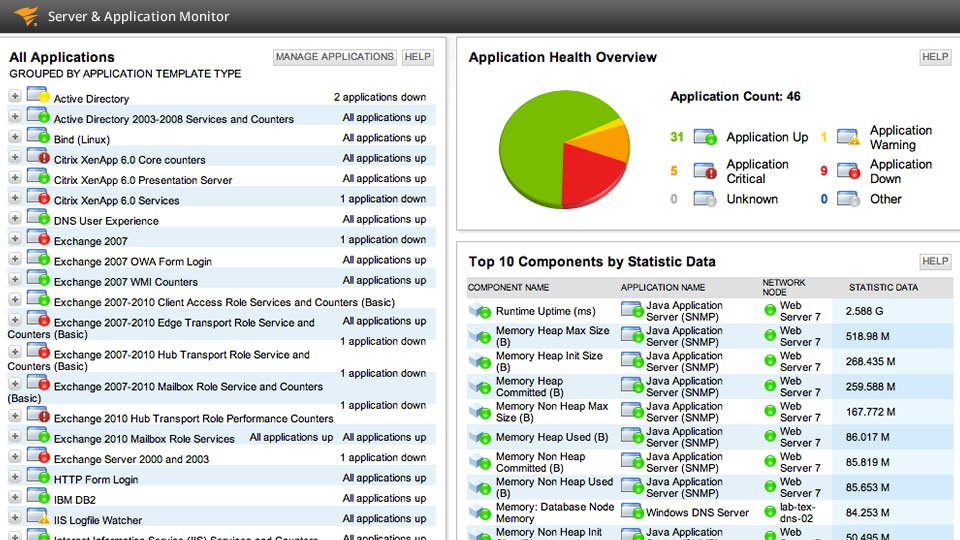Exchange performance monitoring oversees Exchange Server accessibility and responsiveness across various systems, enabling users to pinpoint and identify issues impacting Microsoft Exchange servers operating on virtual or physical machines. The gathered data facilitates effective solutions for Exchange Server system enhancement and modernization.
Exchange monitoring tools empower administrators to execute the following processes:
- Exchange Server Backup Verification. Overseeing Exchange Server backups ensures proper execution and restorability in case of system malfunctions. Executing Exchange Server backups is a multifaceted procedure often requiring a dedicated server for data restoration. Monitoring this process allows for proactive detection of backup errors, preventing data recovery complications.
- System Event Log Analysis. Analyzing system logs can be challenging when overseeing numerous Exchange servers across the network. Utilizing Exchange monitoring tools (e.g., IPNetwork Monitor, Nagios, or Solaris) enables automated tracking of critical events and notifications upon their occurrence.
- Disk Space Management. Insufficient disk space can cause Exchange server outages. Exchange monitoring facilitates free disk space oversight, preventing system interruptions due to storage limitations.
- Hardware Availability Supervision.
- Message Queue Inspection. Excessive messages in the Exchange server mail queue can cause significant mail delivery delays, indicating system irregularities. Mail queue monitoring allows for prompt problem identification and customer notification.
- Non-Delivery Report (NDR) Tracking. NDRs are common. However, spikes in NDR volume typically indicate underlying issues, such as DDoS attacks or mail sending loops. Monitoring tools can track deviations in NDR frequency from established baselines.
- Antivirus Definition Currency Confirmation. Ensuring timely updates of antivirus definitions is crucial.
Generally, fundamental monitoring tools (like Nagios or Solaris) offer comprehensive oversight of Microsoft Exchange mail servers—encompassing server uptime, protocol functionality, and server performance statistics.
These monitoring tools also furnish specifics on database replication status, failover notifications, database file dimensions, mailboxes processed per second, replication status and alerts, RPC requests and latency, connection totals, DAG specifics, database cache dimensions, and other performance indicators, including storage I/O.
Furthermore, Exchange monitoring tools provide immediate configuration alerts, advising end-users on mailbox size reduction strategies, including details like attachment quantity and size. This automation saves administrators considerable time, transferring mailbox management responsibility to the users.
Benefits of Exchange Server Monitoring:
- Enhanced server, service, and application uptime.
- Rapid identification of network interruptions and protocol errors.
- Swift detection of email server problems and performance bottlenecks.


